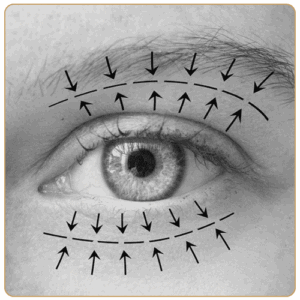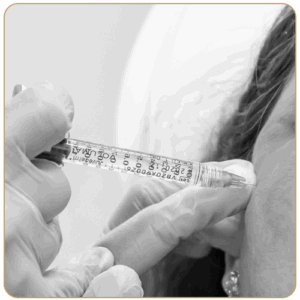Revision rhinoplasty is a complex and delicate surgical procedure designed to correct or improve the results of a previous rhinoplasty, or ‘nose job.’ For individuals who have undergone a rhinoplasty and are dissatisfied with the aesthetic or functional outcomes, revision surgery offers a second chance at achieving the nasal contour they desire. Here, we’ll explore the intricate process of revision rhinoplasty, understand who it’s best for, and how to approach the decision and surgical process as a patient.
The Essence of Revision Rhinoplasty
Revision rhinoplasty requires the meticulous skill of a plastic surgeon versed in the art of shaping not just any nose, but one that has previously undergone surgical alteration. This procedure is not merely about reshaping the nose; it’s about working with scarred, weakened, and even missing tissues from the initial surgery. The surgery aims to restore or enhance nasal function, correct structural complications, and improve the aesthetics of the nose in a balanced and natural manner.
Who Should Consider Revision Rhinoplasty?
Not everyone who had an unsatisfactory rhinoplasty result needs or should undergo a revision. It’s crucial to undergo a thorough consultation with a board-certified surgeon who specializes in revision rhinoplasty. The typical candidates for this procedure include:
- Those disappointed with the outcome of their primary rhinoplasty.
- Patients experiencing functional issues following their initial nose job.
- Individuals who suffer from breathing difficulties or nasal obstruction post-original surgery.
Making the Decision
Considering a revision rhinoplasty can be both emotionally and financially significant. Deciding to undergo the process requires careful thought and introspection. It is vital to weigh the potential benefits against the risks and recovery time. Comprehensive evaluation of the necessity and feasibility of the surgery is a joint venture between you and your surgeon.
The Consultation Process
During your consultation, your surgeon should provide a detailed assessment of what can be achieved with the revision procedure. This includes an examination of your nasal structure and a discussion about your aesthetic and functional goals. Be open and clear about your expectations, and don’t hesitate to ask about the success rate and experience of your surgeon with revision rhinoplasty.
The Surgical Journey
Once the decision to undergo revision rhinoplasty is made, understanding the surgical process and recovery is vital. The surgery may involve rebuilding parts of the nose, and can be performed using either an open or closed approach, where incisions are made either inside the nose or across the columella, the strip of skin between the nostrils.
What to Expect Post-Operation
Recovery from revision rhinoplasty is similar to that of an initial rhinoplasty, but with revisions often being more complex, recovery may be slightly longer. Swelling and bruising are expected, and it’s crucial to follow post-op care instructions to ensure the best results.
Conclusion
Revision rhinoplasty is a valuable option for individuals unsatisfied with their previous nose surgery. It is a highly specialized procedure that demands the expertise of a skilled surgeon and realistic expectations from the patient. By understanding the process, making informed decisions, and selecting a qualified professional, individuals can find relief and new satisfaction with their nasal appearance and function.










